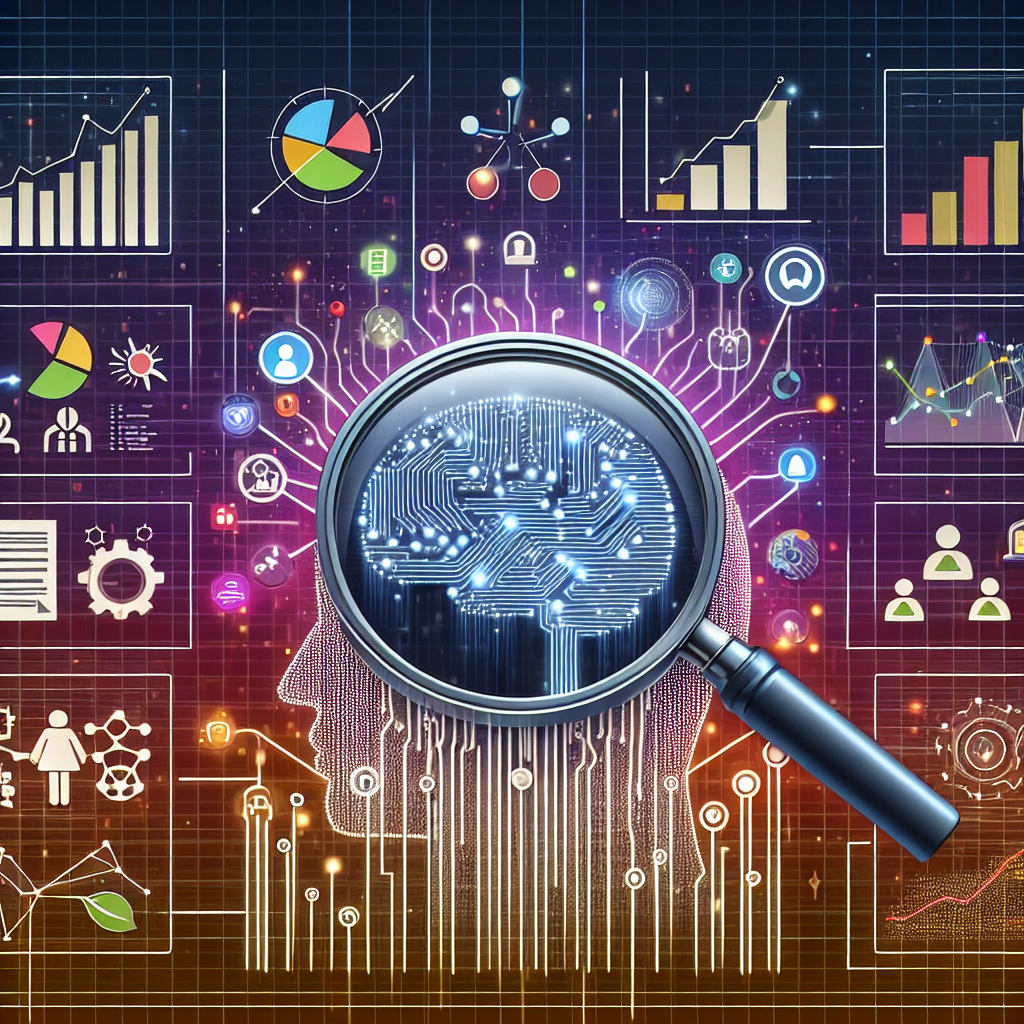In recent years, the use of artificial intelligence (AI) has been rapidly growing across various industries, including the field of program evaluation and impact assessment. AI has the potential to revolutionize the way organizations evaluate the effectiveness of their programs and measure their impact on society. By leveraging AI technologies, organizations can gain deeper insights, make more informed decisions, and ultimately achieve greater social impact.
One of the key benefits of using AI for program evaluation and impact assessment is the ability to analyze large volumes of data quickly and accurately. AI algorithms are capable of processing vast amounts of information in a fraction of the time it would take a human analyst. This allows organizations to identify patterns, trends, and correlations that may not be readily apparent through traditional methods of evaluation.
AI can also help organizations to overcome biases and subjectivity in their evaluation processes. Human evaluators may be influenced by their own preconceived notions, personal experiences, or unconscious biases, which can impact the objectivity of their assessments. AI, on the other hand, operates based on data-driven algorithms, which can help to minimize bias and provide more objective evaluations.
Furthermore, AI can enable organizations to conduct more sophisticated analyses and predictive modeling. By using machine learning algorithms, organizations can identify predictive indicators of program success or failure, forecast future outcomes, and optimize their program design and implementation strategies. This can help organizations to make more informed decisions, allocate resources more effectively, and achieve greater impact with their programs.
There are several ways in which organizations can leverage AI for more effective program evaluation and impact assessment. One common approach is to use natural language processing (NLP) algorithms to analyze text data, such as program reports, surveys, and social media posts. NLP can help organizations to extract key insights, sentiments, and themes from unstructured text data, which can inform their evaluation and assessment processes.
Another approach is to use machine learning algorithms to analyze structured data, such as program metrics, performance indicators, and outcomes data. Machine learning algorithms can identify patterns, trends, and correlations in the data, which can help organizations to understand the factors that contribute to program success or failure. By leveraging AI for data analysis, organizations can gain deeper insights into their programs and make more data-driven decisions.
In addition to data analysis, organizations can also use AI for impact prediction and scenario modeling. By developing predictive models using historical data, organizations can forecast the potential impact of their programs under different scenarios and conditions. This can help organizations to anticipate challenges, identify opportunities for improvement, and develop more effective strategies for achieving their desired outcomes.
Overall, leveraging AI for program evaluation and impact assessment can help organizations to improve the effectiveness and efficiency of their programs, make more informed decisions, and achieve greater social impact. By harnessing the power of AI technologies, organizations can gain deeper insights, overcome biases, and optimize their program design and implementation strategies.
FAQs:
1. How can organizations get started with leveraging AI for program evaluation and impact assessment?
Organizations can start by identifying their evaluation needs and objectives, and then exploring how AI technologies can help them achieve their goals. It is important to assess the organization’s data infrastructure, technical capabilities, and resources to determine the feasibility of implementing AI solutions for program evaluation.
2. What are some common challenges in leveraging AI for program evaluation and impact assessment?
Some common challenges include data quality issues, limited access to relevant data sources, lack of technical expertise, and concerns about privacy and data security. Organizations should carefully consider these challenges and develop strategies to address them before implementing AI solutions for program evaluation.
3. How can organizations ensure the ethical use of AI in program evaluation and impact assessment?
Organizations should establish clear guidelines and policies for the ethical use of AI, including data privacy, transparency, and accountability. It is important to involve stakeholders, including program participants and community members, in the development and implementation of AI solutions to ensure that their rights and interests are protected.
4. What are some best practices for leveraging AI for program evaluation and impact assessment?
Some best practices include defining clear evaluation objectives, collecting high-quality data, involving stakeholders in the evaluation process, and continuously monitoring and evaluating the effectiveness of AI solutions. It is also important to regularly review and update AI algorithms to ensure their accuracy and relevance to the organization’s evaluation needs.
5. How can organizations measure the impact of using AI for program evaluation and impact assessment?
Organizations can measure the impact of using AI by tracking key performance indicators, such as improvements in program outcomes, cost savings, time savings, and stakeholder satisfaction. It is important to conduct regular evaluations and assessments to determine the effectiveness of AI solutions and identify areas for improvement.

